We think the Big Bang was the beginning of time and space itself. But there are problems with this story. The energy of empty space – known as the cosmological constant – poses one major problem. The cosmological constant is 120 orders of magnitude smaller than the standard Big Bang theory suggests it should be, a finding that scientists have called "the largest discrepancy between theory and experiment in all of science”. A solution is found in the idea of the cyclical universe. The cosmological constant has been winding down over a cycle of multiple Big Bangs and Big Crunches.
A cyclic universe is a universe which follows an infinite self-sustaining cycle. In the 1930s, Einstein came up with the idea that the universe could go through an infinite cycle of Big Bangs and Big Crunches. The expansion of our universe could have been caused by the collapse of a previous universe – it sort of bounced back from the contraction of the universe before it. You could say our universe was reborn from the death of the universe before it. If this is true, then our Big Bang was not a unique event; it was one insignificant bang among an infinite number of other bangs. The cyclic universe theory does not necessarily replace the Big Bang theory, it just sheds some light on some more questions, such as what was before the Big Bang and why the Big Bang led to a period of rapid expansion.
___
You could say our universe was reborn from the death of the universe before it.
___
A new cyclic model was proposed by Paul Steinhardt and Neil Turok. Steindhart details the model in his paper, A Cyclic Model of the Universe. In string theory, a membrane or “brane” is an object that exists in a certain number of dimensions. According to Steindhart and Turok, our visible three spatial dimensions correspond to one of these branes. Two three-dimensional branes could exist parallel to each other, separated by an extra, hidden dimension. These branes (think of them as sheets of metal) could move along this extra dimension and collide with each other, creating a Big Bang and eventually our universe. When they collide, things follow according to the standard Big Bang model – hot matter and radiation is created, there is rapid inflation, then there is cooling and the formation of structures such as galaxies, stars and planets. However, Steinhardt and Turok argue that there is always a force between these two parallel branes, which he calls an “inter-brane force”. This force is what attracts the branes together, which will cause them to collide together again, setting off another Big Bang.







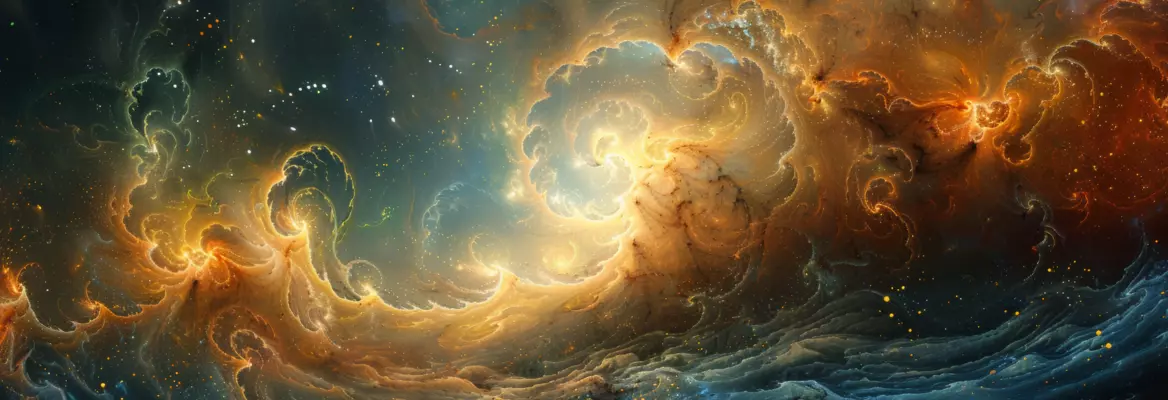


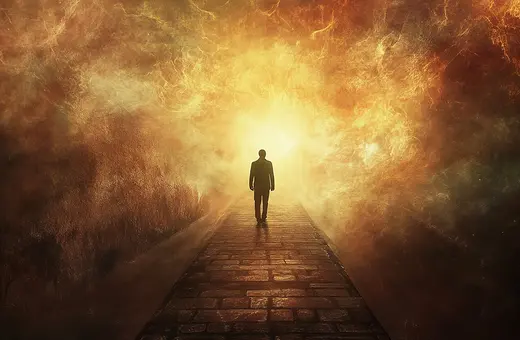
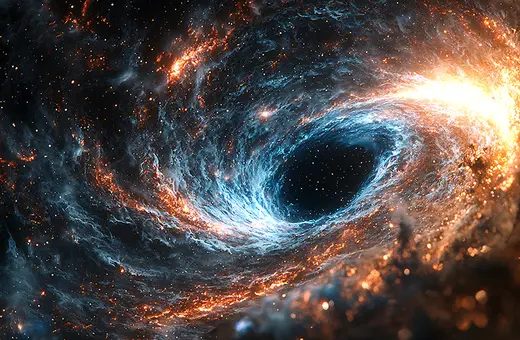
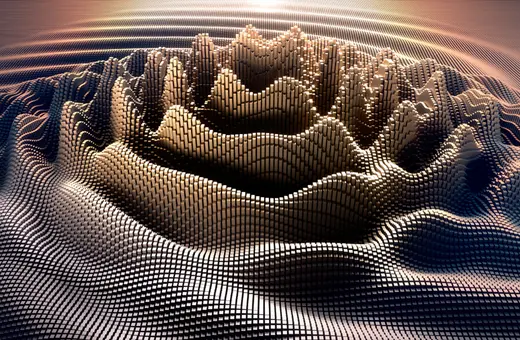
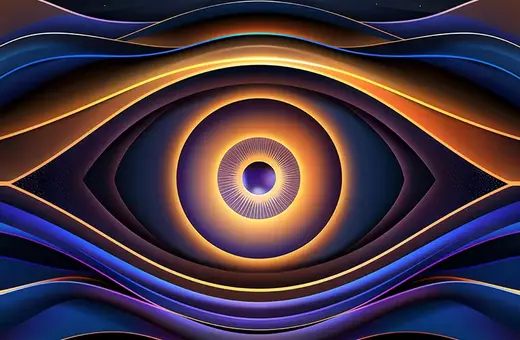
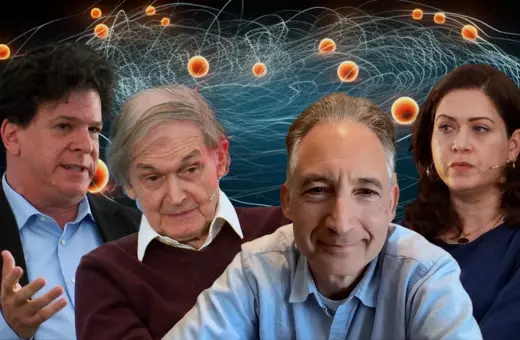






Join the conversation